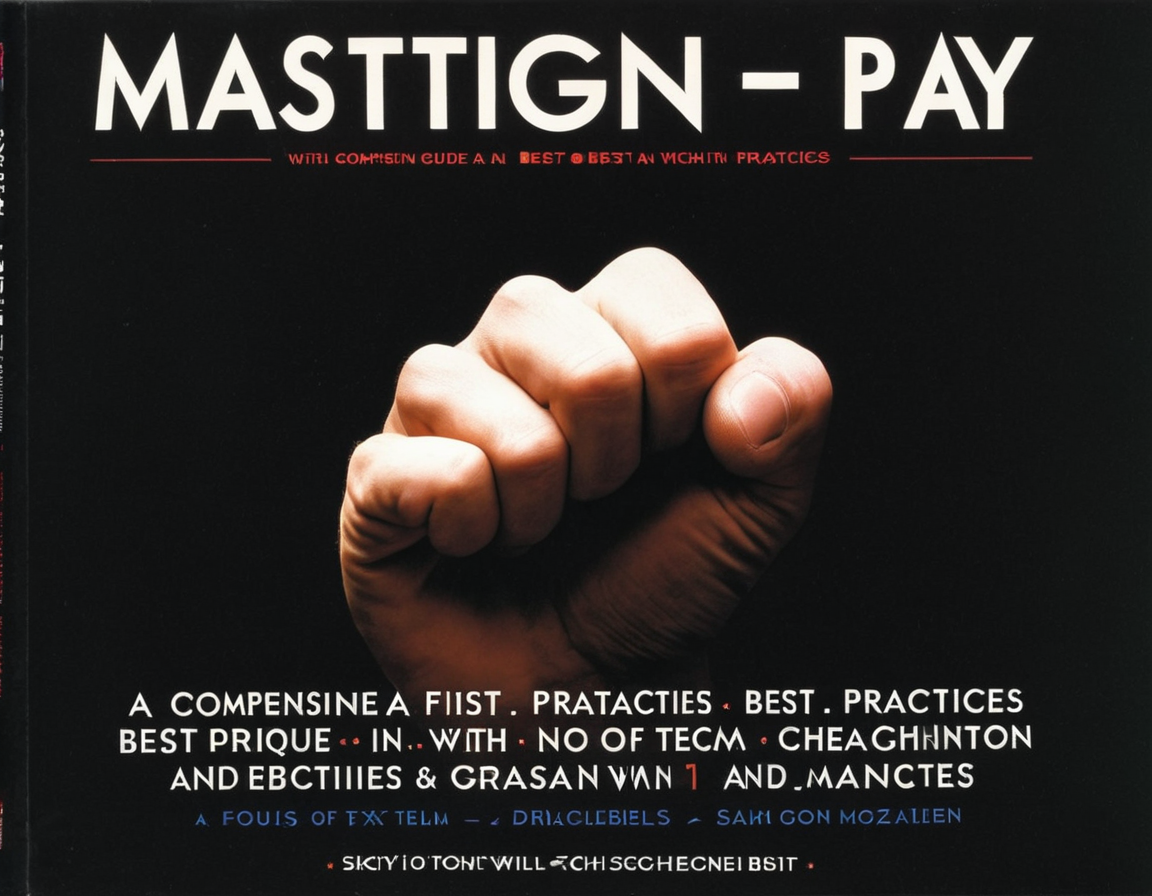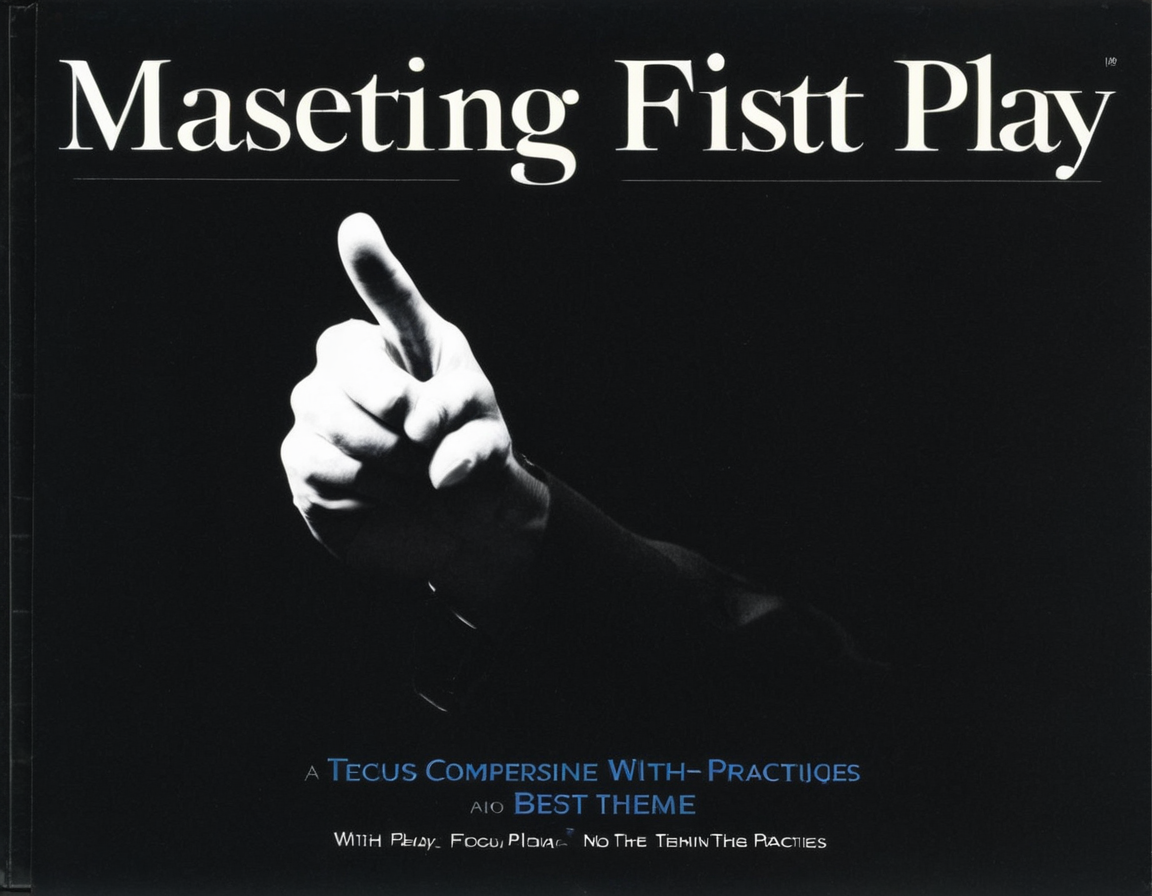: Mastering Fist Play: A Comprehensive Guide to Techniques & Best Practices

Fisting is an intimate and powerful act that requires communication, trust, and skill between partners. As a practice, it has the potential for immense pleasure when done correctly but can also lead to discomfort or injury if not approached with care and understanding. This comprehensive guide aims to provide a roadmap for both beginners and seasoned practitioners seeking to master fist play techniques while prioritizing safety and consent throughout the process.
I. Understanding Fisting: Definitions, Myths & Misconceptions
1. Definition of Fisting
Fisting is a sexual act where one partner inserts their fully or partially clenched fist into another partner’s vagina or anus. This intimate practice often involves a “top” (fist-giver) and a “bottom” (fist-receiver). Learn more about Mastering
2. Dispelling Myths & Misconceptions
Fisting is sometimes mistakenly believed to be inherently painful, violent, or unsanitary. However, with proper communication, technique, and preparation, fist play can be an intensely pleasurable experience for both partners involved. It’s crucial to address these misconceptions openly before engaging in any fisting activities.
II. Preparation & Communication: The Foundation of Successful Fisting Play
1. Consent & Boundaries
Obtaining informed and enthusiastic consent from all parties involved is paramount when exploring fist play. This includes discussing boundaries, preferences, limits, and any potential concerns or anxieties before engaging in fisting activities. Remember that consent is not a one-time conversation but an ongoing dialogue throughout the entire experience.
2. Physical & Emotional Preparation
To ensure the best possible outcome for both partners, it’s essential to engage in physical and emotional preparation. This includes practicing relaxation techniques, warming up with smaller toys or fingers, and addressing any psychological barriers that may arise during fisting play.
III. Fist Play Techniques & Best Practices
1. Hygiene & Lubrication
Maintaining proper hygiene is crucial for a safe and enjoyable fisting experience. Both partners should engage in thorough handwashing or use gloves, while also ensuring that all toys and surfaces are properly cleaned beforehand. Using high-quality lubricant is vital to reduce friction and minimize the risk of injury or discomfort during fist play.
2. Starting Slow & Building Trust
Communication remains key when initiating fisting activities. Start by gently exploring your partner’s comfort zones, gradually inserting one finger at a time while monitoring their reactions. This process allows both partners to build trust and ensures that the experience stays within everyone’s boundaries and preferences.
3. Proper Fist Techniques & Positions
To successfully navigate fisting play, practitioners must learn proper fist techniques and positions, such as “fingerlocking” or “hooking,” which allow for greater control and depth during insertion. In addition to these techniques, practicing patience and mindfulness is essential in creating a safe space that prioritizes both partners’ pleasure and satisfaction.
4. Aftercare & Follow-Up
After engaging in fisting play, it’s crucial to provide aftercare for all involved parties. This may include cuddling, discussing the experience, or offering emotional support as needed. Following up with your partner(s) afterward helps ensure that everyone feels heard, respected, and cared for throughout the entire process.
In conclusion, mastering fist play requires a blend of communication, trust, skillful techniques, and an unwavering commitment to prioritizing safety and pleasure for all involved parties. By following this comprehensive guide, both beginners and seasoned practitioners can embark on a transformative journey that expands their understanding of intimacy and connection through fisting play.

Remember always to approach fist play with love, patience, and respect for your partner(s), as these attitudes will undoubtedly enhance the experience for everyone involved.
